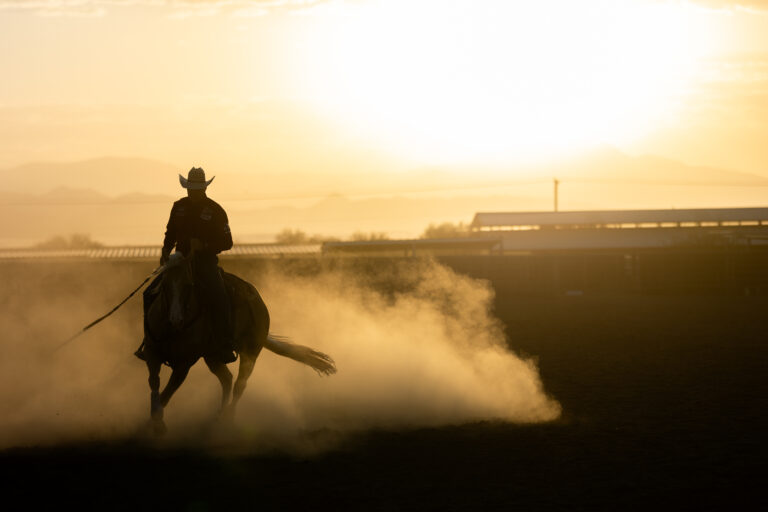A proper introduction to cows is an important part of any Western horse’s education. Why cattle training? Because you may one day want your horse to perform in an event like ranch sorting or team penning. Or you may simply want him to be comfortable at venues where cow are present—typically in loud, noisy, smelly herds.
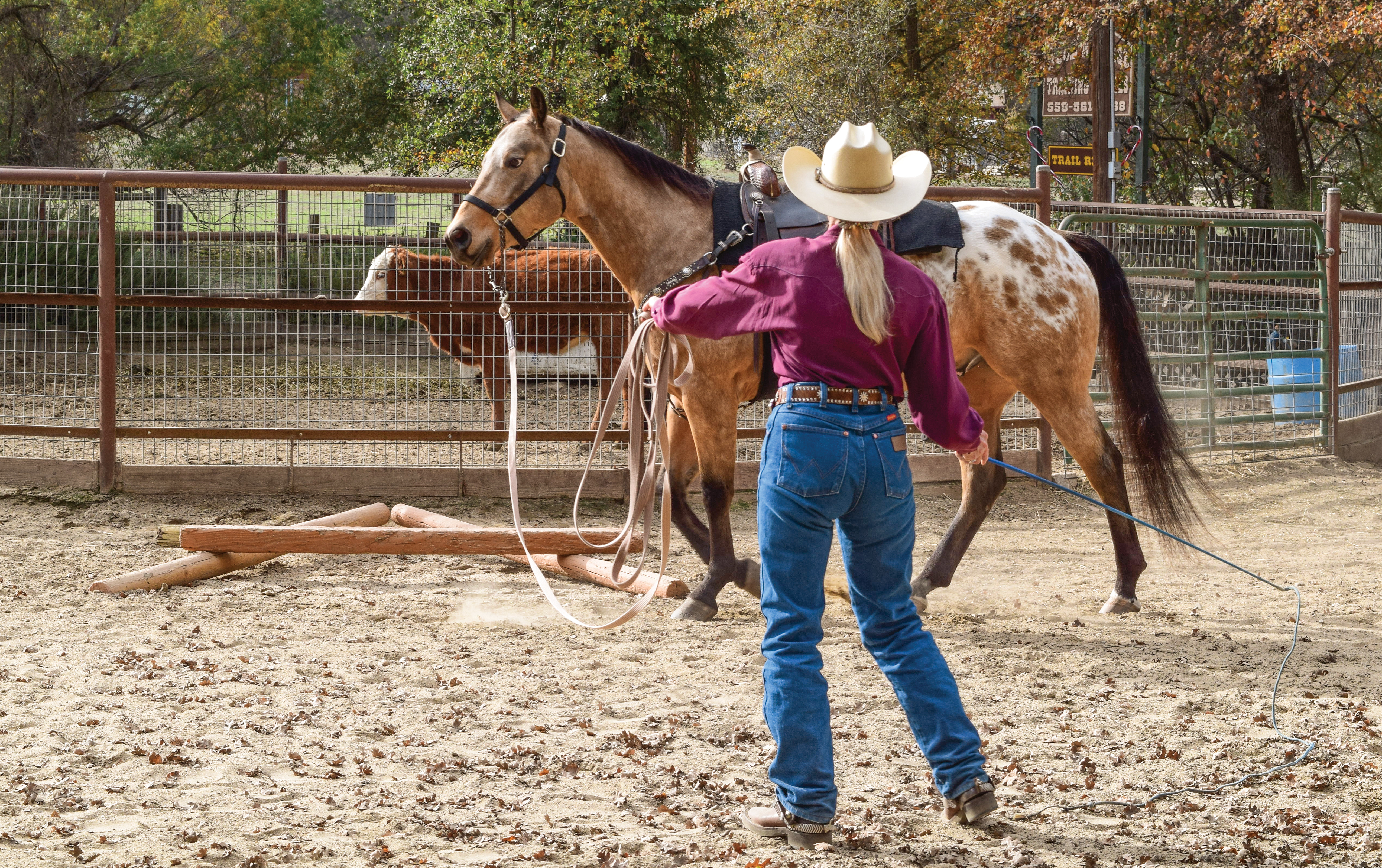
Steve Wood
Or you may want your trail horse to be at ease around any hooved critters you come across on the trail. If a horse has never been calmly introduced to cows, it can be scary and unsafe if you unexpectedly cross paths with one.
For all these reasons, cattle training is well worth the effort.
I’m going to share a method I recently used to introduce Buckley, my 4-year-old Appaloosa gelding, to cattle. He’d never seen a cow before, yet I plan to compete with him in ranch horse classes plus team penning or sorting. He’ll also carry me on the historic Chief Joseph Trail Ride, where it’s not uncommon to come across cattle. He may even eventually carry me in the Tournament of Roses Parade, an event where the more your horse has been desensitized to stimuli that might upset him, the better.
Before I began this training, my gelding perceived cows as aliens from Mars that eat horses for lunch. After the training, he was willing to share his own lunch with his new cow acquaintances.
You can achieve the same equanimity for your horse by following my five steps, which can desensitize him to cattle in the course of about a week.
What You’ll Need
To accomplish this training, you’ll need to have on hand:
- Two or three young cows or steers. I borrowed two 7-month-old steers from a kindly rancher friend down the road from me.
- A small enclosure to contain the cattle, ideally within or next to a small arena. My own round pen, constructed of 6-foot-high, horse-safe wire panels, was perfect for this purpose, as my horse could observe the cattle at a distance from every corner of my ranch. This round pen is positioned off to one corner of my smallest arena.
Step 1: Stand, Look, Longe
Tie your horse to his usual hitching post, which ideally is within sight of where the cattle are penned. Secure him with a safe, quick-release knot, then step back and let his own senses find the cows through their mooing, milling about, and “aroma.” When he’s settled down from craning his neck and shuffling his feet, groom and saddle him as usual, leaving him in his halter.
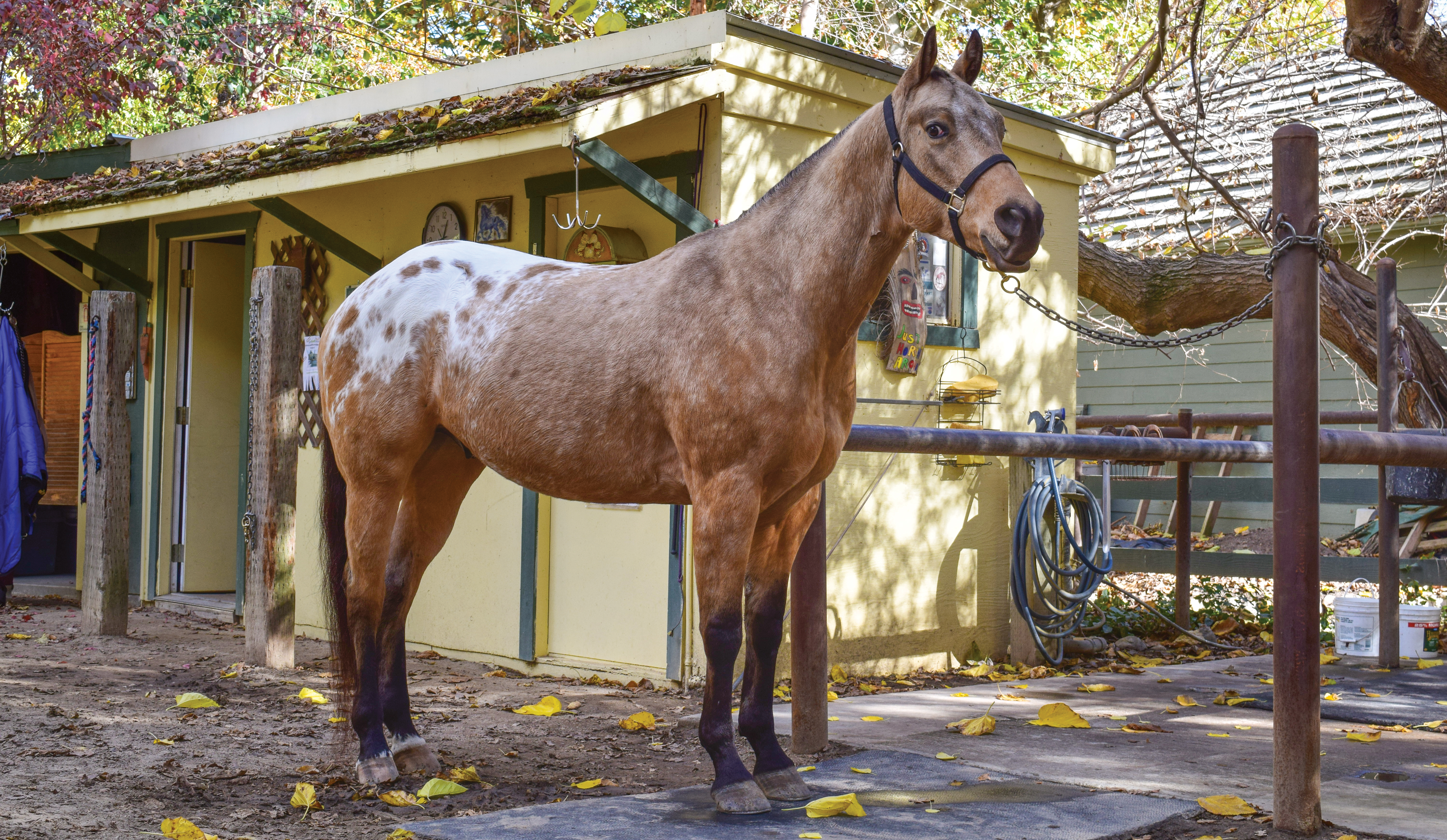
Steve Wood
Then attach a long lead (or longe line) with a stud chain run through the halter and under his chin as you see in the photos. Walk him over to the arena’s rail (the cattle will be penned at the far side or at one end of this arena). Don’t ask him to enter the arena yet; allow him simply to stand outside it, but keep him facing the cows. This will help him figure out and become more familiar with these odd creatures. He may snort a few times and bob his head to alert any herd-mates of this new “danger.”
The next day, after grooming and saddling him, snap on a longe line with the stud chain affixed as before and lead him into the arena. Then longe him quietly, starting at a spot as far away from the penned cattle as possible. As he settles to the work at a walk, jog, and lope, gradually reposition him so that he gets closer and closer to the cows.

Steve Wood
Continue like this until your horse can longe with a relaxed attitude at a walk, jog, and lope close to the cows.
Step 2: Feed Near Cows
Your horse should now be ready to be turned loose in the arena and fed somewhat near the cows. Don’t attempt this, however, if you sense he’s still thinking “time to flee!” (If so, wait another day.) When you do turn him loose to feed, don’t leave him unattended; be on hand to observe the choices he makes regarding the cows.
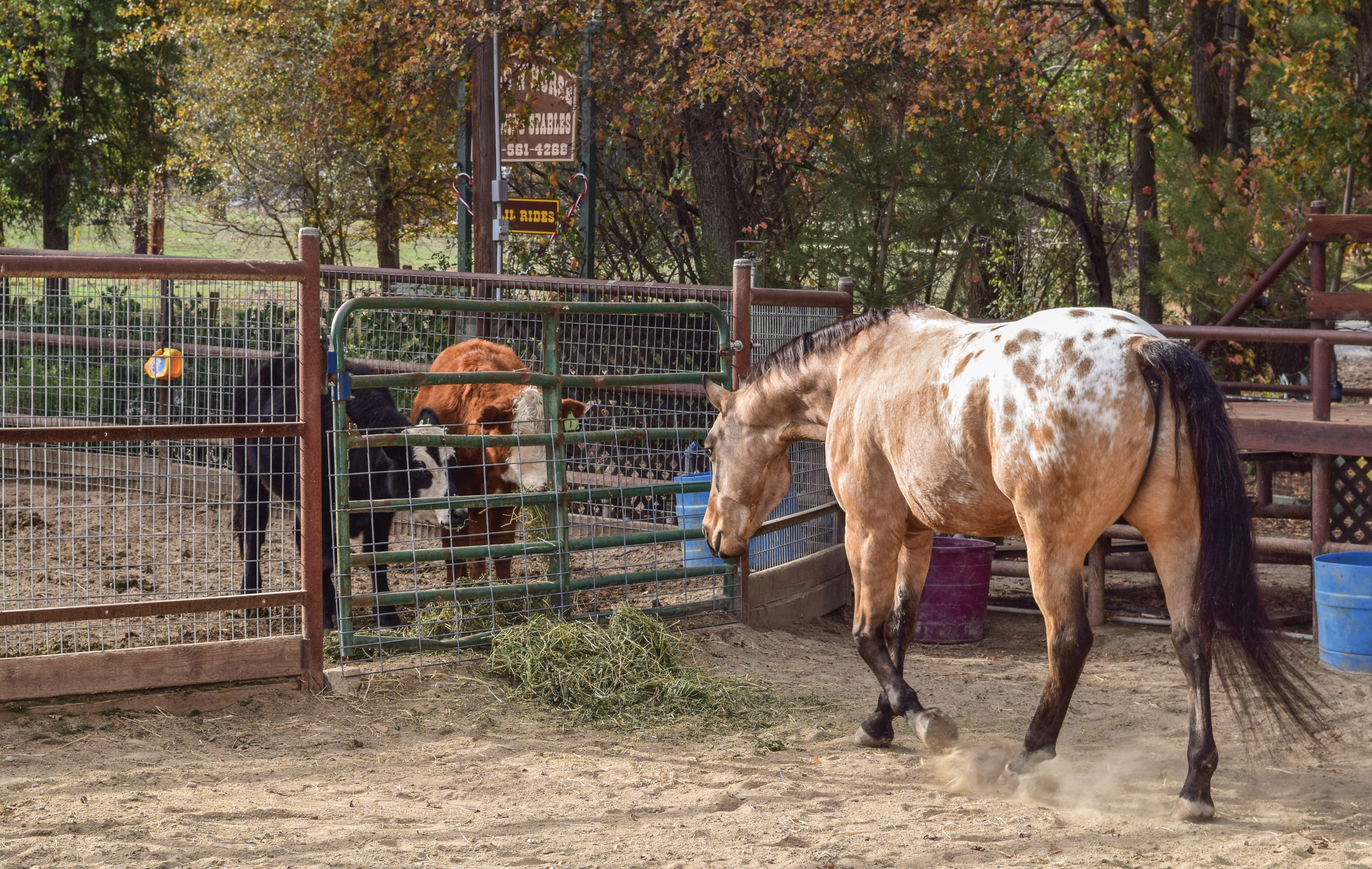
Steve Wood
Does he trot as far away from them as he can, or does he show some interest in trying to understand what they’re all about? His responses will dictate how long you stay at this step. The ultimate goal is to see him walk closer to the cows’ pen, perhaps hang his head over the fence, or follow the cows as they move around the pen.
Let him acclimate as gradually as he needs to, each day moving his hay closer to the cows to help him up his game. Eventually, you’ll place the hay right at the pen’s gate, and split the flake with the cows. The goal here is to have the animals eating nose to nose. This reassures your horse that cows can’t be monsters, because look! They eat the same food!
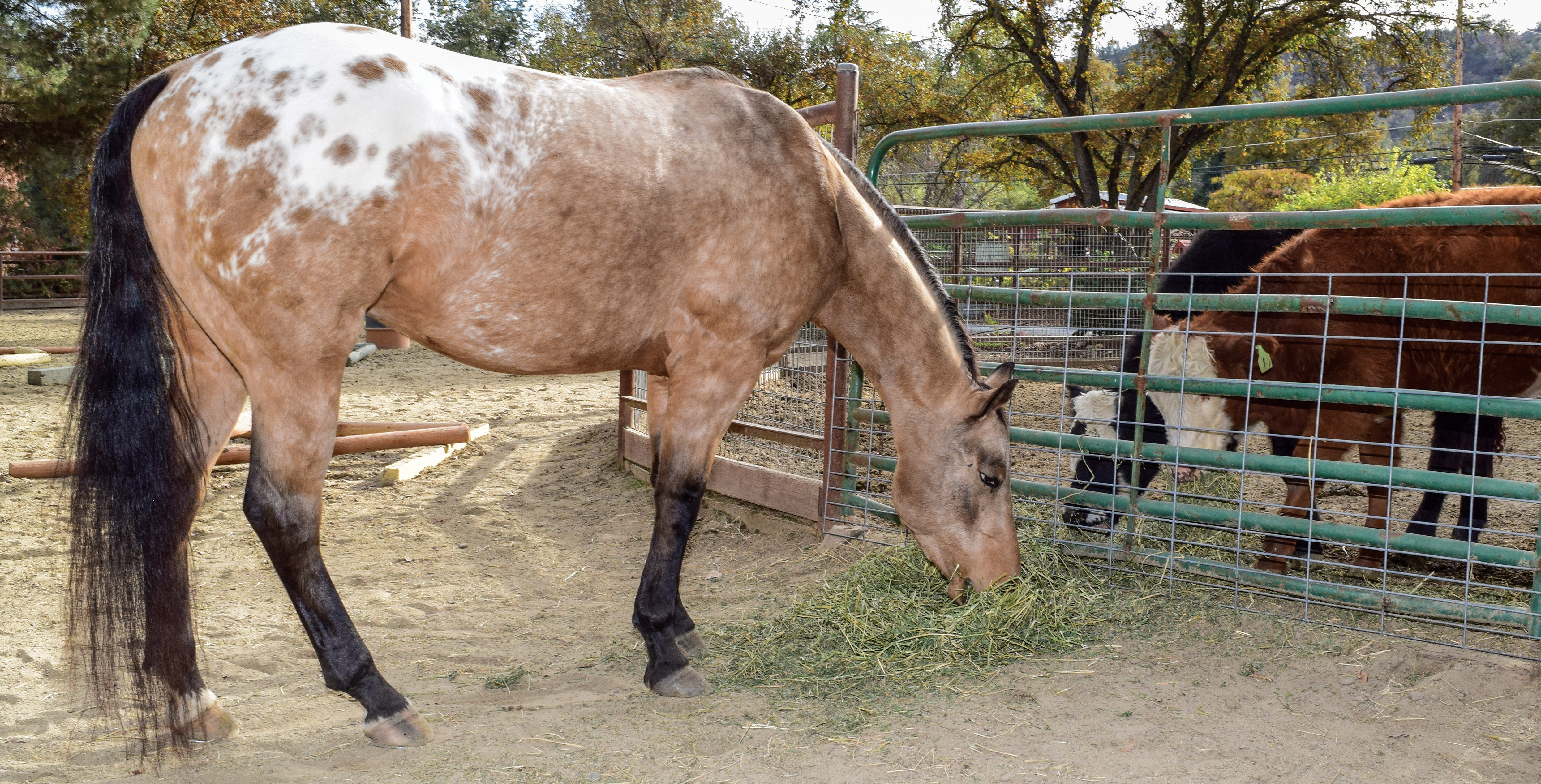
Steve Wood
At this point, a lightbulb will have gone on in your horse’s head.
Step 3: Cows Move, Make Noise
Once your horse and the cows are comfortable eating nose to nose, the next step is for you to walk into the cows’ pen on foot (leaving your horse loose in the arena) and haze the cows so they’re trotting around and rattling the fence. Remain at this step until the sound and movement no longer bother your horse and he completely relaxes.
This is especially important if you later want to team sort with your horse; he needs to have no fear at all of this sort of commotion. And the reason why your horse is loose (as opposed to tied to the arena’s rail or the pen containing the cows) is because he needs to feel he has an escape and can choose on his own how close he wants to be to the rattling fence. If you tie him, it could create a pull-back response, which causes panic—the opposite of what you’re after.
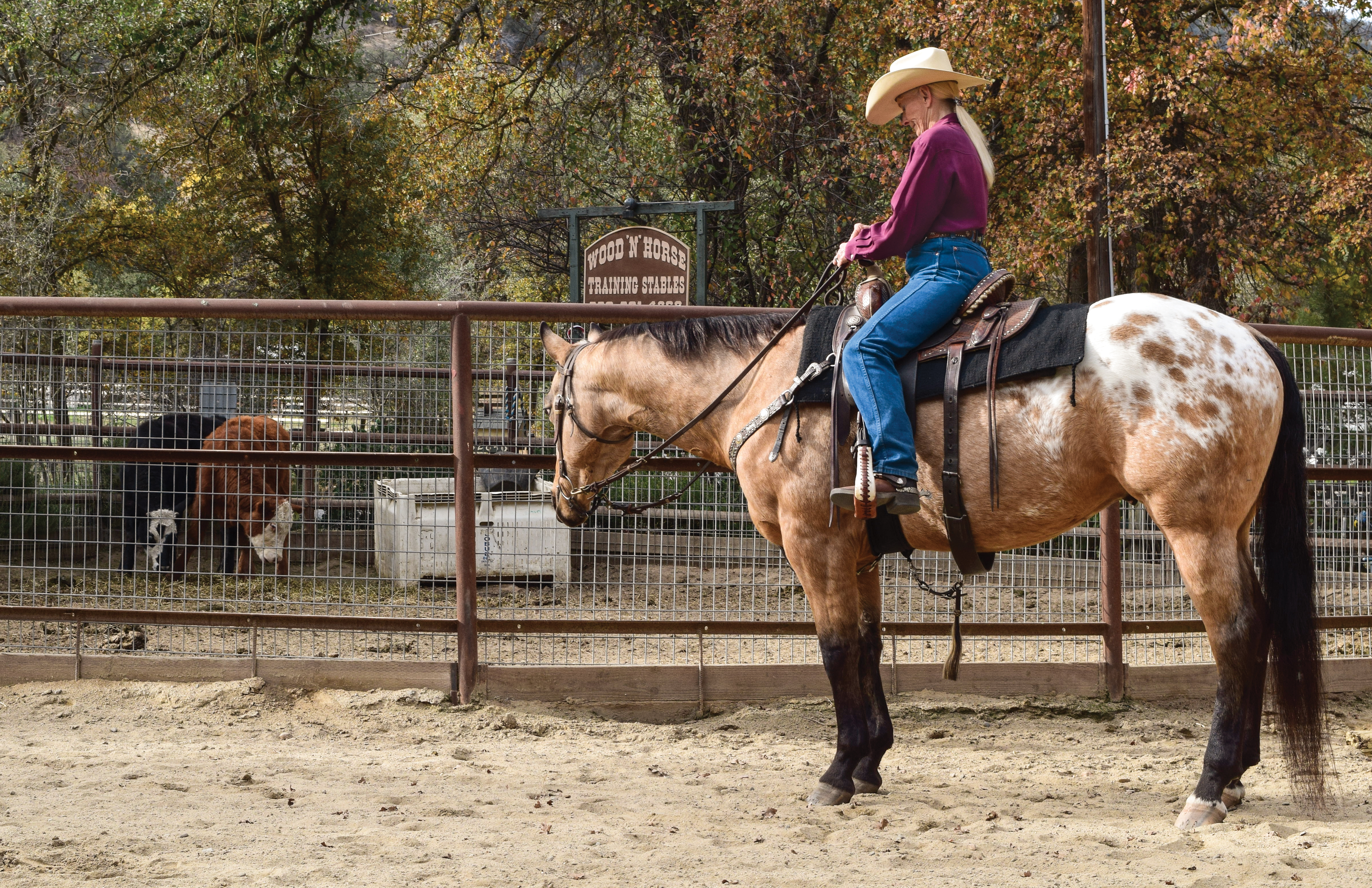
Steve Wood
Step 4: Ride Near Cows
When your horse is able to remain relaxed as the cows are rattling about in their pen, it’s time to saddle him up and ride him near the cows. Follow your usual routine, warming him up and riding at a walk, jog, extended jog, and lope both ways of the arena. Keep his attention on you by asking for leg yields, circles, and other maneuvers as you travel around the arena—and especially whenever you’re passing the cows’ pen.

Steve Wood
Once you start working him, it’s best not to let him stop to look or even to turn his head toward the cows; keep him focused on the circles or maneuvers at hand. You might even have trail obstacles in the arena to use for jog-overs or sidepassing. The goal is for your horse to accept the presence of the cows during a normal ride.
Step 5: Face, Step Toward Cows
Take as much time as your horse needs at Step 4 before moving on to the last step. When you think he’s ready, ride him over to the cow pen’s gate, open it, ride through, and close the gate. Then walk your horse to the center of the pen and stop him, facing the cows. If you feel any part of him tense up, back off and take another day of preparation at Step 4 before continuing.

Steve Wood
But if he stands quietly with his ears forward, ask him to take a few steps toward the cows. As they move away from him, he’ll learn he has dominance over them (just as horses teach one another about pecking order in a herd).
Hey—cool, he’ll be thinking. I’m the boss of them!
Finish the session by moving the cows quietly around the pen for a while, then exit the pen and praise your horse. He’s just graduated—to fledgling cow horse!
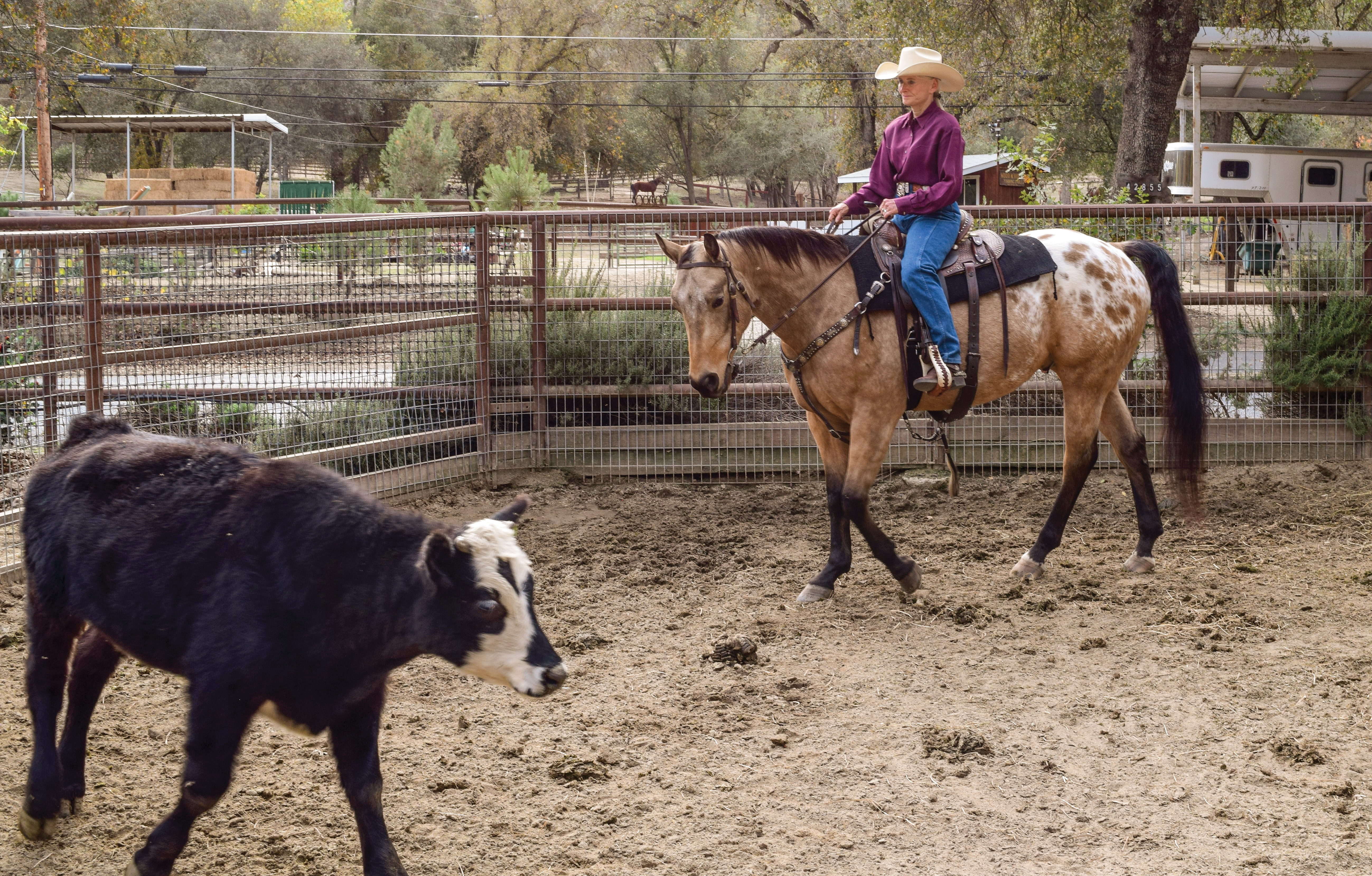
Steve Wood


